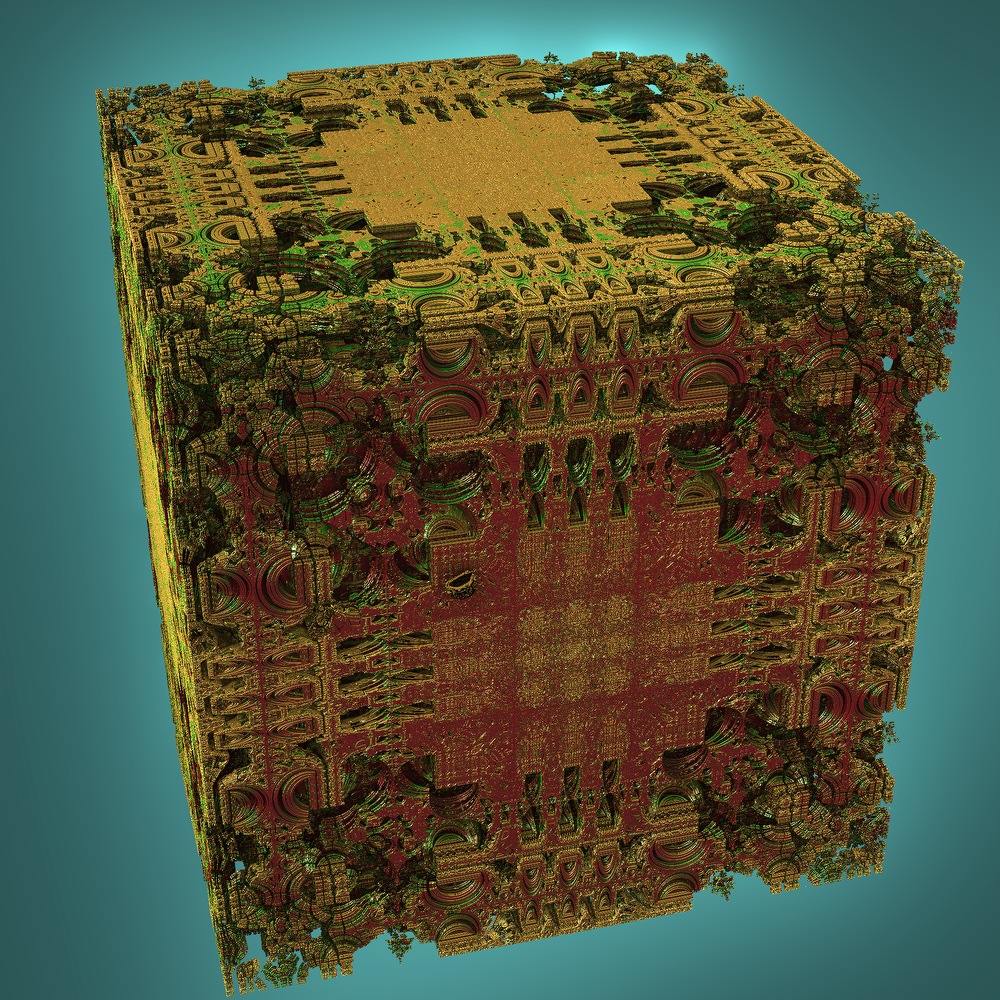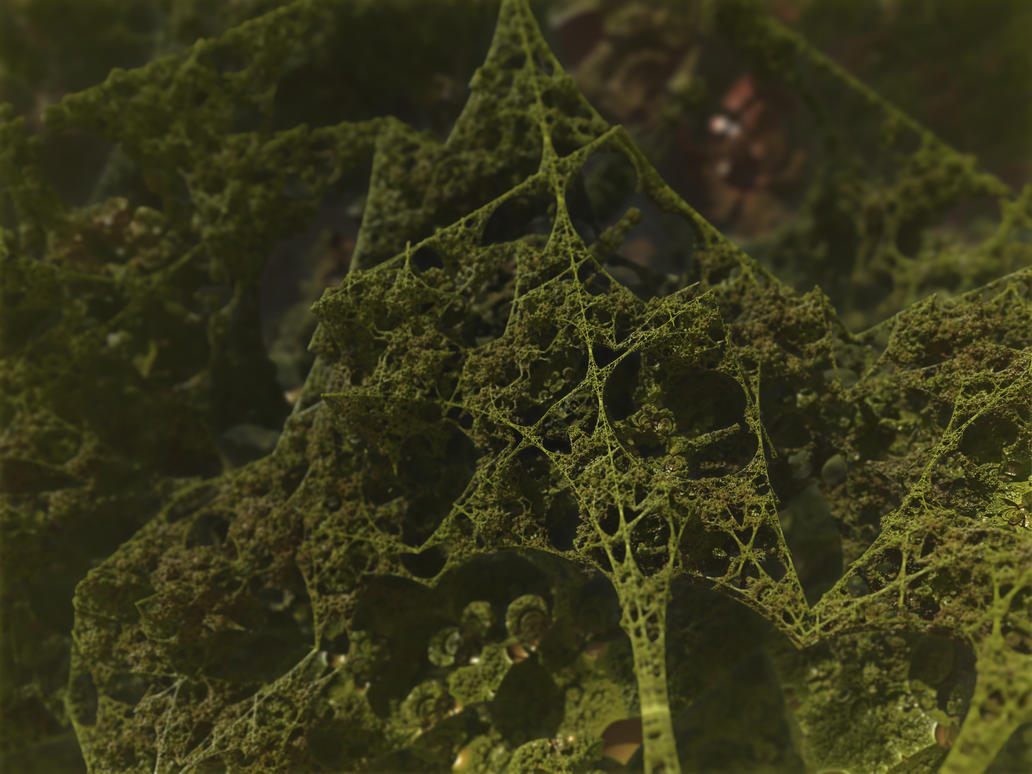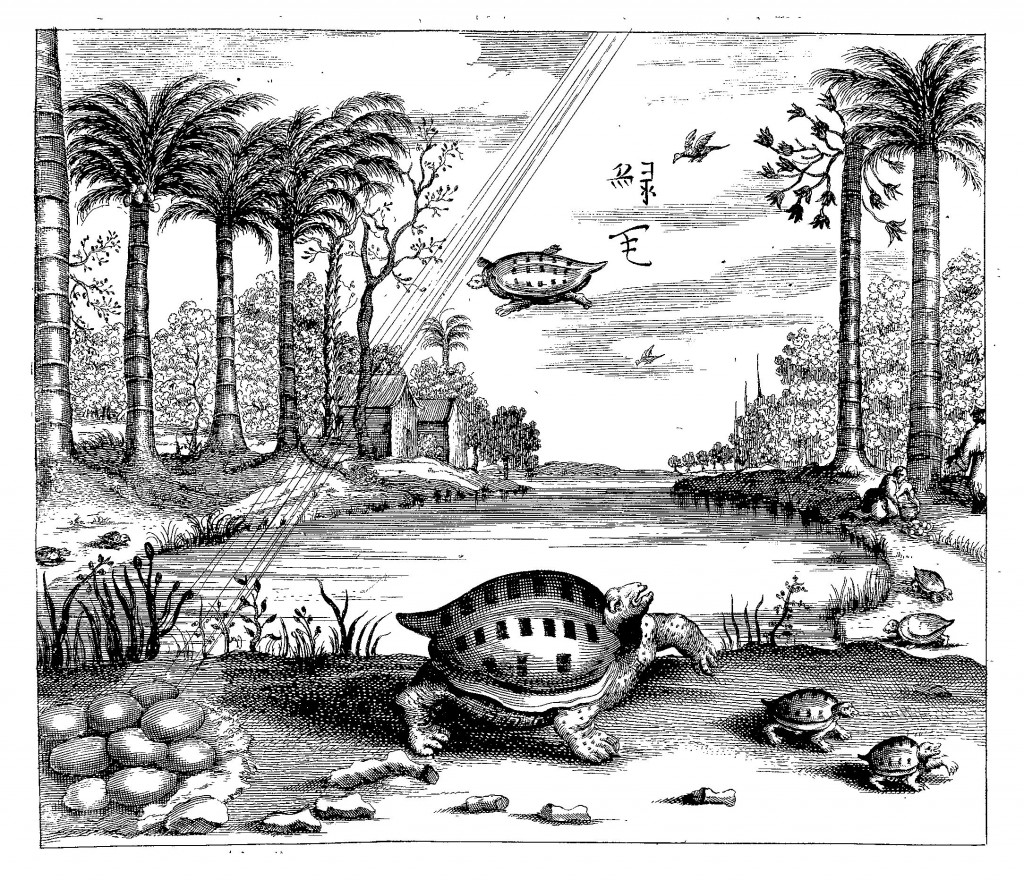The "Mandelbox" is a fractal, analogous to the Mandelbrot set but with a slightly different defining function. All of the detail in the Mandelbox exists (in the Platonic sense) without human intervention. In that sense it is a found, natural object, like a seashell.
On the other hand, we have some freedom in our renderings. There are a few free parameters the artist can set, or any parameter could be replaced by some more complex function. At some point it stops being what would typically be referred to as a Mandelbox, but that point is fuzzy and socially defined.
We can choose the angle and scale to capture it at. We can choose the palette or color map. We can choose to use different shading algorithms. Some of these choices will result in an image that we find more pleasing than others. These images get saved. Some of our favorites of those are posted online. The images which are most often clicked on because of an intriguing thumbnail or popular contextual information move upwards through the rankings on Google images. The result is a combination of a generative process and human selectivity, making an enjoyable slideshow:
human-selected computer-generated Mandelbox views


